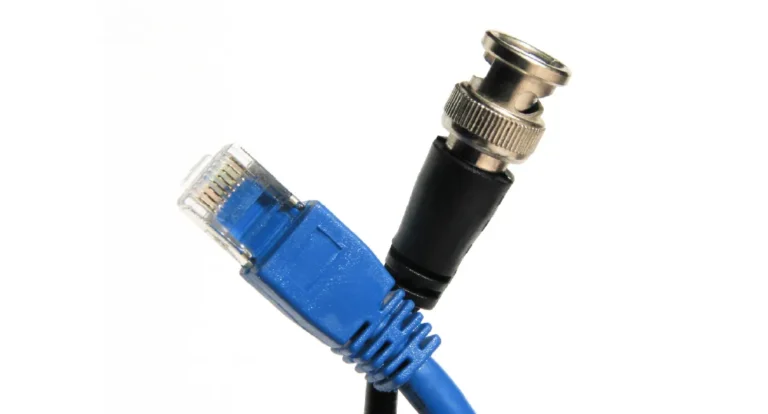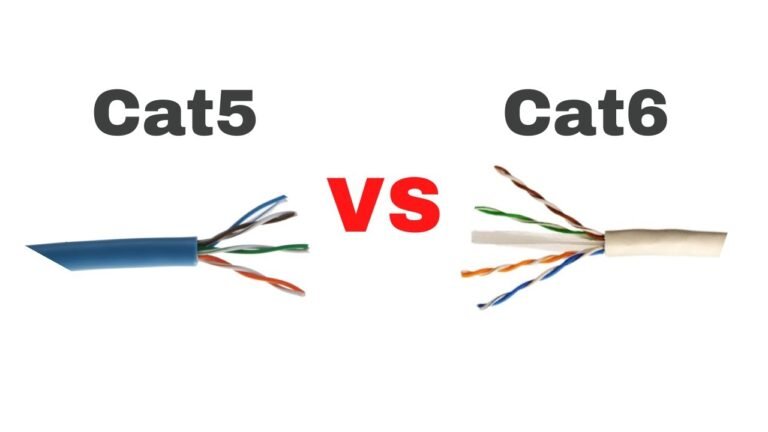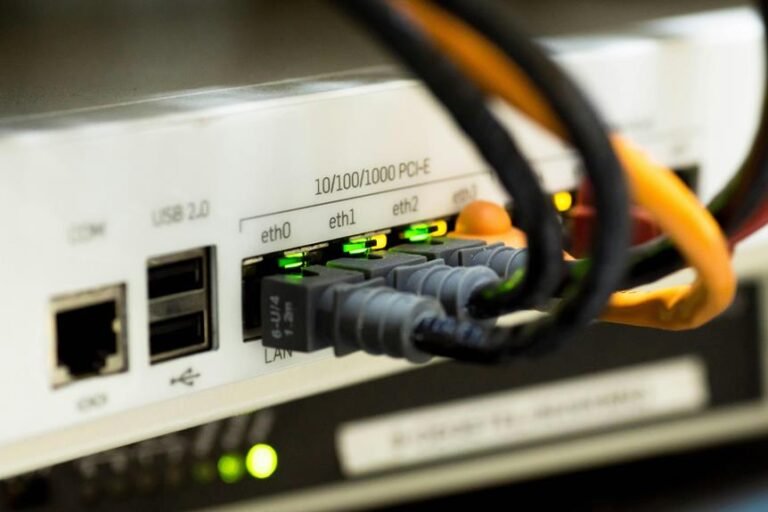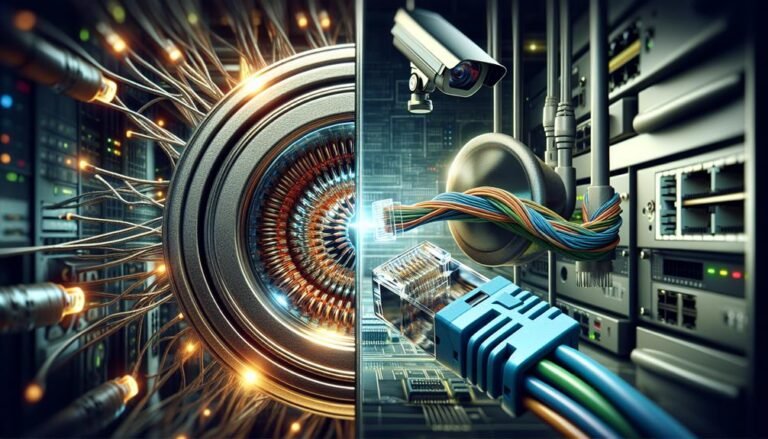Cabo BNC vs. Ethernet: 7 motivos para escolher qualquer um

A escolha entre cabos BNC e Ethernet depende do que você precisa. Se simplicidade e rapidez de configuração são importantes, a Ethernet vence com seus conectores RJ45 fáceis de usar. Em termos de durabilidade e resistência a interferências, os cabos BNC se destacam, especialmente em sistemas de vigilância. A Ethernet se destaca em dados…


